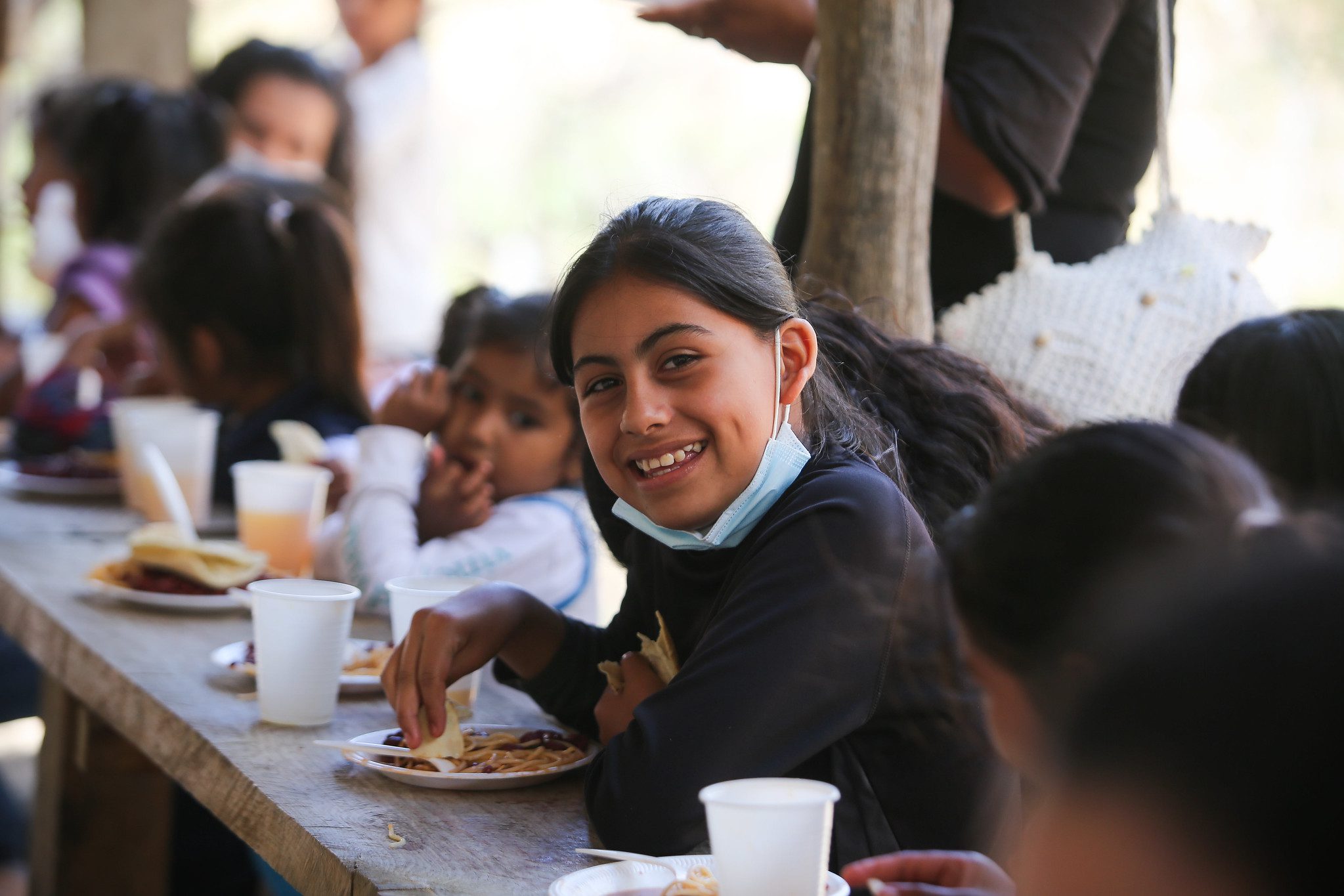
It’s critical for children to get the nutrition they need during their first 1,000 days. If a child lacks adequate nutrition during this crucial window of development, the adverse consequences may last a lifetime. School-age children likewise need adequate nutrition to develop and thrive, from early on through adolescence. This leads to improved physical and cognitive development, better school performance, and greater opportunity to fully participate in their communities and societies. Food banks are well-suited to complement public sector social safety net programs and help fill the gaps to reach more children facing food insecurity.

Decades of research confirm the effectiveness of school meals, which improve health outcomes well into adulthood. Many children around the world receive their main meal of the day through a school feeding program. And in addition to alleviating hunger, the programs have a secondary benefit: They help increase attendance and support academic achievement, especially for girls.
But there are still significant gaps in these crucial programs all over the world. That’s one reason food banks are so important.
Local food banks help extend the reach of school meal programs when government-run school meal programs are not yet established in the communities where they’re needed or when they do exist but are unable to meet every child’s needs. And they are also powerful advocates for universal school feeding programs at the national level.